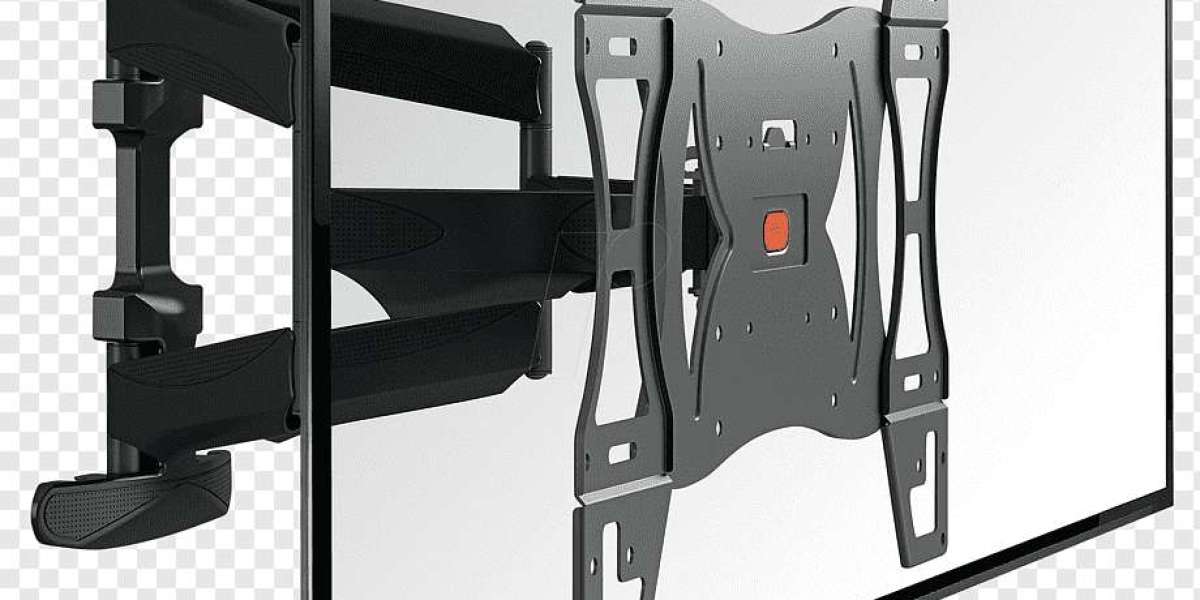The conductive polymer coating market is expanding steadily, but its advancement is tempered by key restraints that could limit its widespread application. As industries push for smarter, more sustainable materials, manufacturers must also confront the technical and economic barriers that come with advanced polymer coatings.
A primary restraint is the relatively high cost of conductive polymers compared to traditional metallic coatings. Materials like polyaniline, PEDOT, or polypyrrole often require complex synthesis methods, specialized solvents, and controlled production environments. This drives up manufacturing expenses, which can make the coatings less appealing for mass-market or budget-conscious applications.
Processing complexity presents another challenge. Many conductive polymer coatings have narrow process windows, requiring precise control of parameters such as pH, temperature, and drying rates. This increases the cost of implementation, especially for manufacturers lacking specialized equipment or expertise, and may limit integration into existing industrial workflows.
Material stability is also a concern. Conductive polymers can degrade over time when exposed to humidity, oxygen, or UV radiation. In certain environments—such as outdoor electronics, medical implants, or automotive systems—long-term durability is crucial. The need for encapsulation or protective layering can complicate product design and limit broader adoption.
Standardization issues act as a further restraint. Unlike metals, which have well-documented performance data and predictable behaviors, conductive polymers can vary widely based on formulation, application method, and substrate compatibility. This lack of uniformity complicates quality control, testing, and regulatory approval in high-reliability industries.
Additionally, the market faces supply chain constraints related to specialty monomers and additives. Many of these components are sourced from limited suppliers or regions, making the industry vulnerable to disruptions and price volatility—especially during geopolitical tensions or global supply shortages.
Finally, awareness and understanding among end-users remain limited. Many procurement teams or R&D departments are unfamiliar with the capabilities of conductive polymer coatings, and prefer to stick with known, legacy materials. This creates a barrier that can only be overcome through education, pilot programs, and evidence of long-term performance benefits.
In summary, while conductive polymer coatings offer significant promise, overcoming these market restraints will be essential for scaling adoption. Addressing cost, processability, and durability through continued R&D and industry collaboration will be key to unlocking the market’s full potential.








